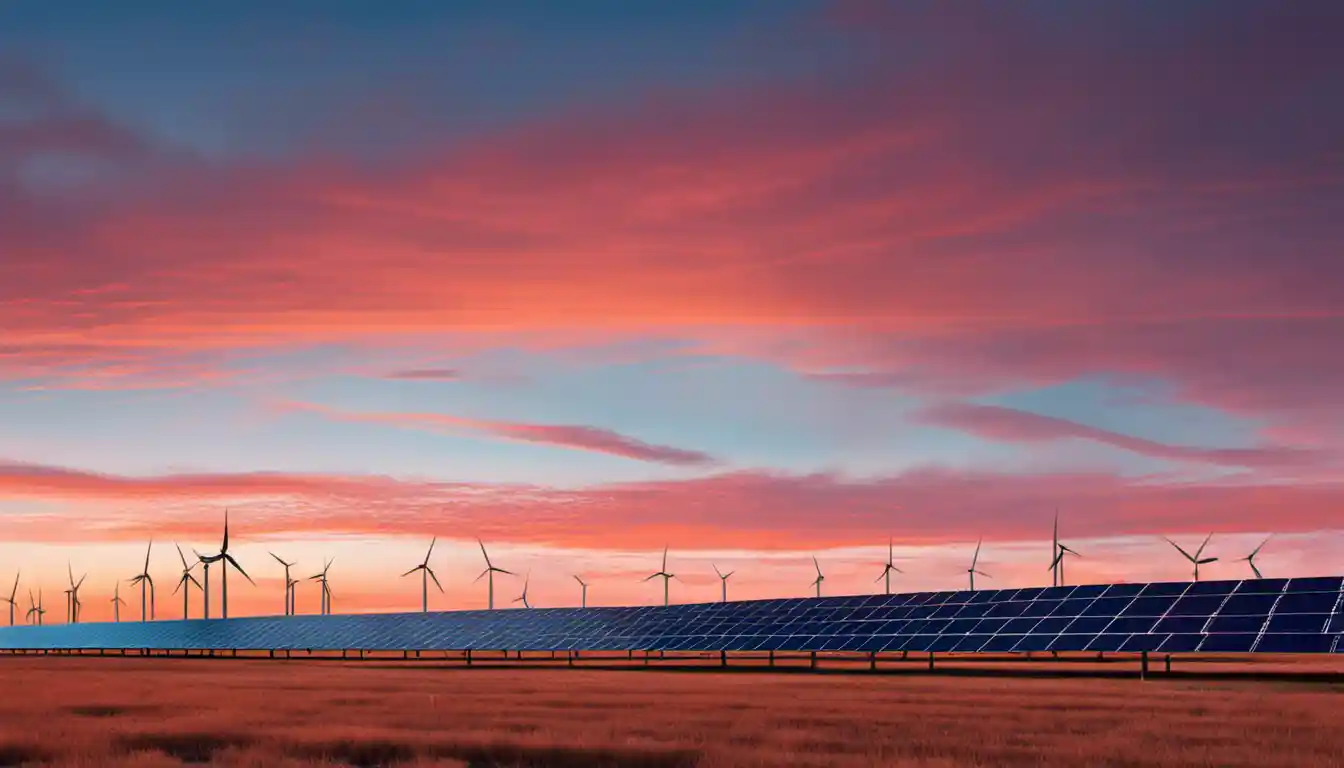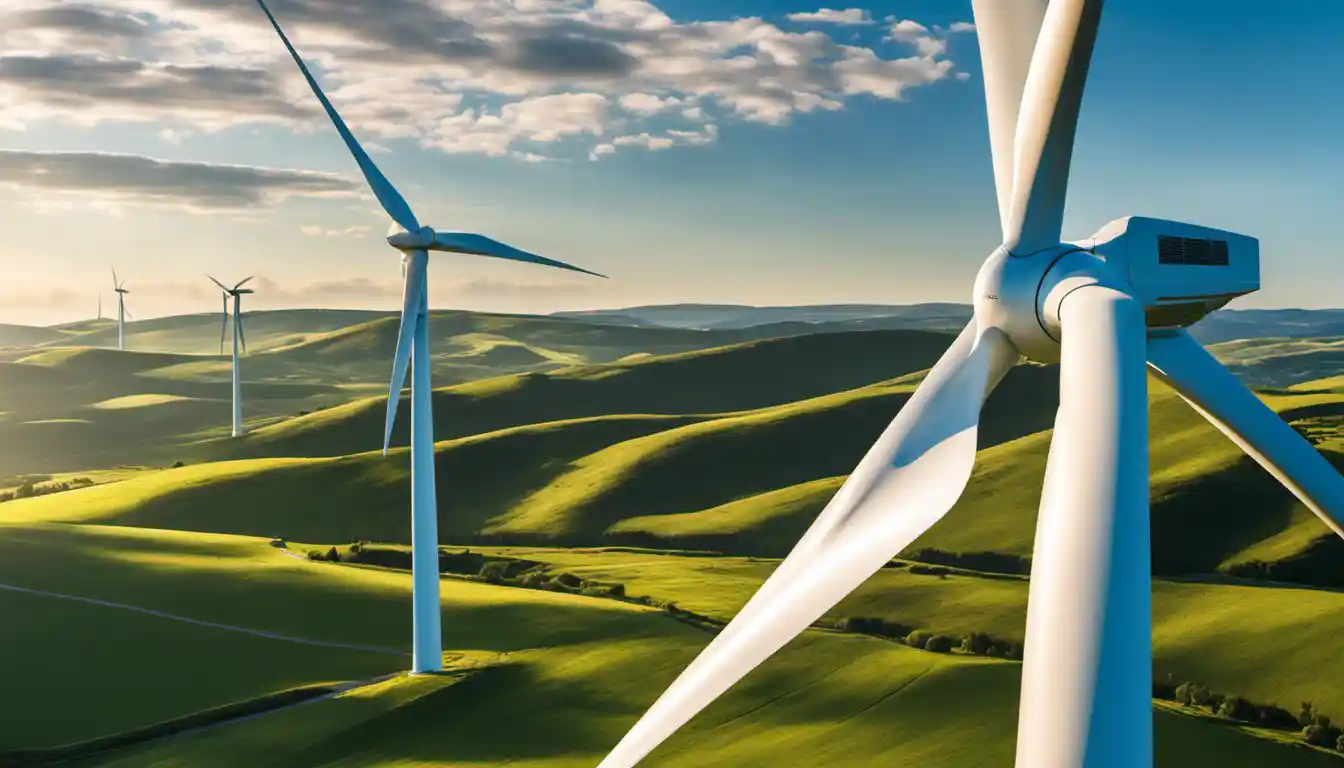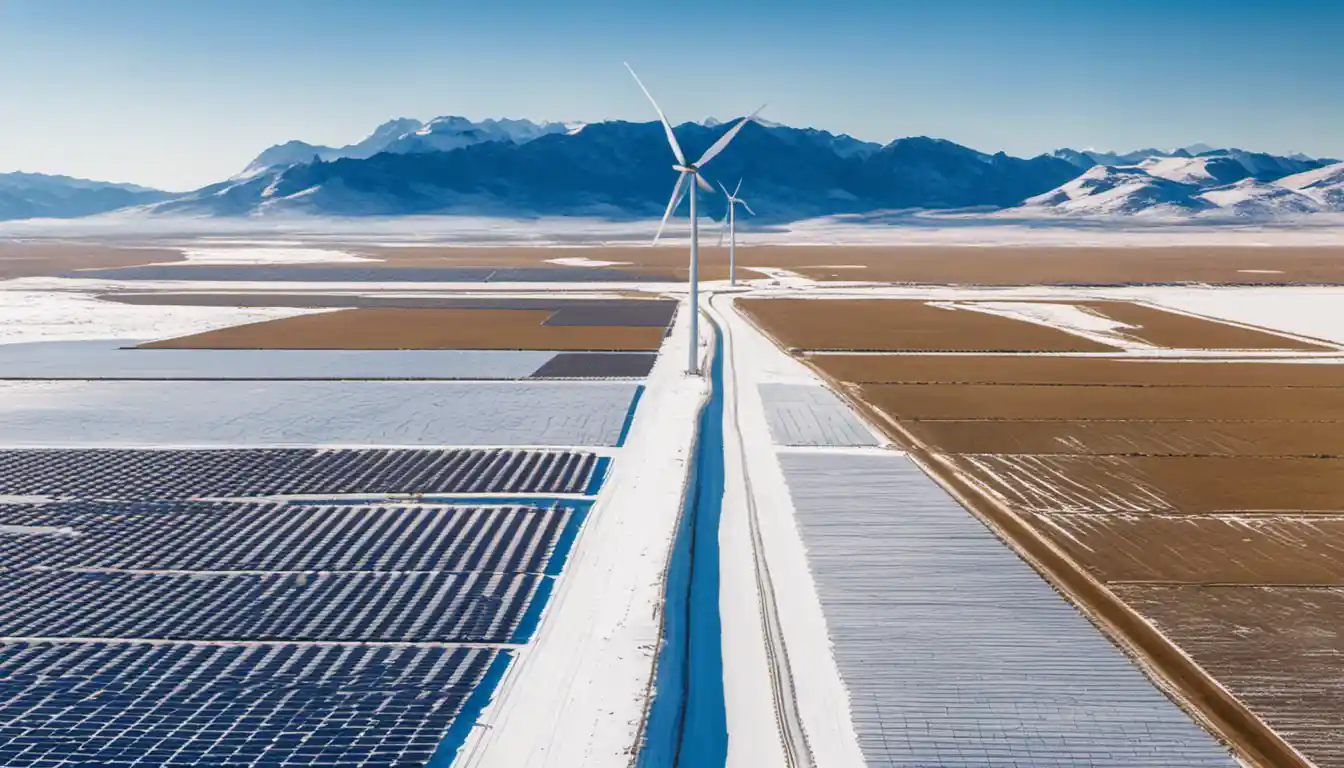Solar Power vs Wind Power
Both solar and wind energy are renewable and environmentally-friendly sources of energy. Whether one is better than the other can depend on various factors such as geographical location and climate; for example, some areas may receive more sunlight than wind and vice versa. Also, the initial investment, installation costs, maintenance and the needed infrastructure can influence which is better or more efficient for a specific situation.
What is Solar Energy?
If we’re looking for a solution to our planet’s growing energy needs, we needn’t look any further than our own star, the Sun. Everyday, it bombards our planet with plenty of solar energy, more than enough to power our societies several times over. Solar energy is the radiant energy emitted by the sun, and we capture it using solar panels that contain solar cells- sophisticated devices that can convert light directly into electricity.
What is Wind Energy?
Wind energy, on the other hand, is energy captured from the natural wind flows in our atmosphere. You’ve probably observed the power of the wind in the rustling of leaves, the whipping of flags, and the spinning of an old-school weather vane. Wind turbines harness this power and convert it into usable electricity. They operate on a simple principle: the wind turns the turbine’s blades, which spin a shaft connected to a generator, creating electricity.
Solar Panel vs Wind Turbine
In the “wind turbine vs solar panel” comparison, the two renewable energy technologies work in fundamentally different ways.
Description and Function of Solar Panels
A solar panel works by allowing particles of light (photons) to facilitate the free movement of electrons, thereby generating a direct current (DC). Subsequently, an on-site converter alters the DC into an alternating current (AC), the electricity type that powers most homes and appliances.
Description and Function of Wind Turbines
Meanwhile, wind turbines operate by using the wind to turn blades around a rotor. The rotor is connected to the main shaft, which spins a generator to create electrical energy. The electricity is then transmitted down the turbine tower to a substation, where it’s prepared for distribution to end-users.
Pro and Cons of Solar and Wind Power

When debating “which is better wind or solar power,” we should consider both sides of the coin.
Advantages of Solar Power
Solar power is unique since it requires no moving parts, minimizing wear and tear as well as operating noise. It allows for a relatively passive method of energy generation that can be placed almost anywhere sunlight is readily available. Furthermore, solar panels can be installed on roofs, reducing the requirement for extra land, and vastly simplifying the process of “going solar” for many homeowners.
Disadvantages of Solar Power
On the downside, solar power is directly reliant on sunlight, and therefore less efficient during cloudy days, and non-functional at night. Additionally, solar panels have an average electricity generation efficiency rate of around 15-20%, due in part to the limits of currently available technology.
Advantages of Wind Power
Wind power, on the other hand, can be generated 24/7, provided that the wind is blowing. Interestingly, wind power production tends to be higher during the night, when solar panels rest. Wind turbines also have an average efficiency of about 35-45%, considerably higher than solar panels.
Disadvantages of Wind Power
However, wind turbines are not without their downsides. They are typically massive constructions that require significant land or offshore areas. They can also be quite noisy, and some people consider them visually unappealing. Furthermore, specific geographic and climatic factors such as wind speeds and direction can significantly influence the potential power output.
Efficiency Comparison: Solar vs Wind Energy
A valid question when it comes to “solar power vs wind power” is, “is solar or wind more efficient?”
Efficiency of Solar Panels
Solar energy conversion efficiency is influenced by several factors, including the angle and intensity of the sun, the cleanliness of the panel surface, and the panel’s temperature.
Efficiency of Wind Turbines

Wind energy conversion efficiency depends on the speed and direction of the wind, the turbine design, and the height of the turbine tower.
Despite having a higher average efficiency percentage, wind turbines do not necessarily produce more energy than solar panels. A typical residential solar system could produce between 5,000 to 10,000 kWh per year, enough for most houses.
Energy Output: Solar vs Wind
Energy Output of Solar Panels
Energy output for solar panels primarily depends on sunlight hours. So, locations near the equator or those with high sunlight exposure usually generate more solar energy.
Energy Output of Wind Turbines
The energy output for wind turbines depends on the wind speed. Generally, areas with average wind speeds of above 6 meters per second are suitable for wind power generation.
Assessing “does solar or wind produce more energy” requires standardizing these different environmental considerations, which can be highly variable depending on the specific location.
Solar Farm vs Wind Farm
Moving from individual systems to the larger scale, we come upon solar farms and wind farms.
What is a Solar Farm and its Benefits
A solar farm or solar park essentially consists of numerous solar panels installed in an area where sunlight is abundant. Solar farms provide an efficient way of harnessing solar energy, as large amounts of solar panels working together can produce significant amounts of electricity.
What is a Wind Farm and its Benefits
Meanwhile, a wind farm is a group of wind turbines in the same location utilized to generate electricity. A large wind farm can consist of several hundred individual wind turbines, providing sizable energy outputs.
Talking about “wind farm vs solar farm,” both have their pros and cons. While solar parks can be installed on building rooftops in urban areas, wind farms often require open fields or offshore locations.
Final Verdict: Which is Better, Wind or Solar Power?

When we ask, “which is better, wind or solar power?” the best answer is: it depends.
Reasons Why Wind Energy Could be Better than Solar Energy
In areas with reliable and strong wind patterns, wind power may offer more consistent and robust power output. This fact could be an argument for “why is wind energy better than solar energy.”
Reasons Why Solar Energy Could be Better than Wind Energy
However, for places with predictable and full sun exposure, solar power might prove the better bet. Furthermore, if aesthetic consideration or noise sensitivity is a significant factor, solar panels have a distinct advantage. This could support assertions for “why is solar energy better than wind energy.”
Practicalities of Solar Panels and Wind Turbines for Home Use
Benefits of Home Solar Panels
Solar panels offer homeowners the opportunity to gain energy independence, save on electric bills, and reduce their carbon footprint. They require little to no maintenance and take advantage of an unused area—the home’s roof. For a deep dive on solar panel alternatives for homes, check out our comprehensive guide here.
Benefits of Home Wind Turbines
Home wind turbines can be a dominant energy provider, too, especially in wind-rich regions. They can also complement a solar array by offering power during the night and cloudy days.
Conclusion
In the great “solar vs wind efficiency” and “solar power vs wind power” debates, remember this: the best system for you depends on your individual circumstances—where you live, your energy needs, your budget, and your preferences. Both—the wind and the Sun—are powerful allies as we make the necessary transition towards renewable energy.
Regardless of whether you lean towards a wind turbine or a solar panel, the mere act of considering these alternatives puts you on the right path towards a greener world. So go forth, harness the power of nature, and be part of the solution!



